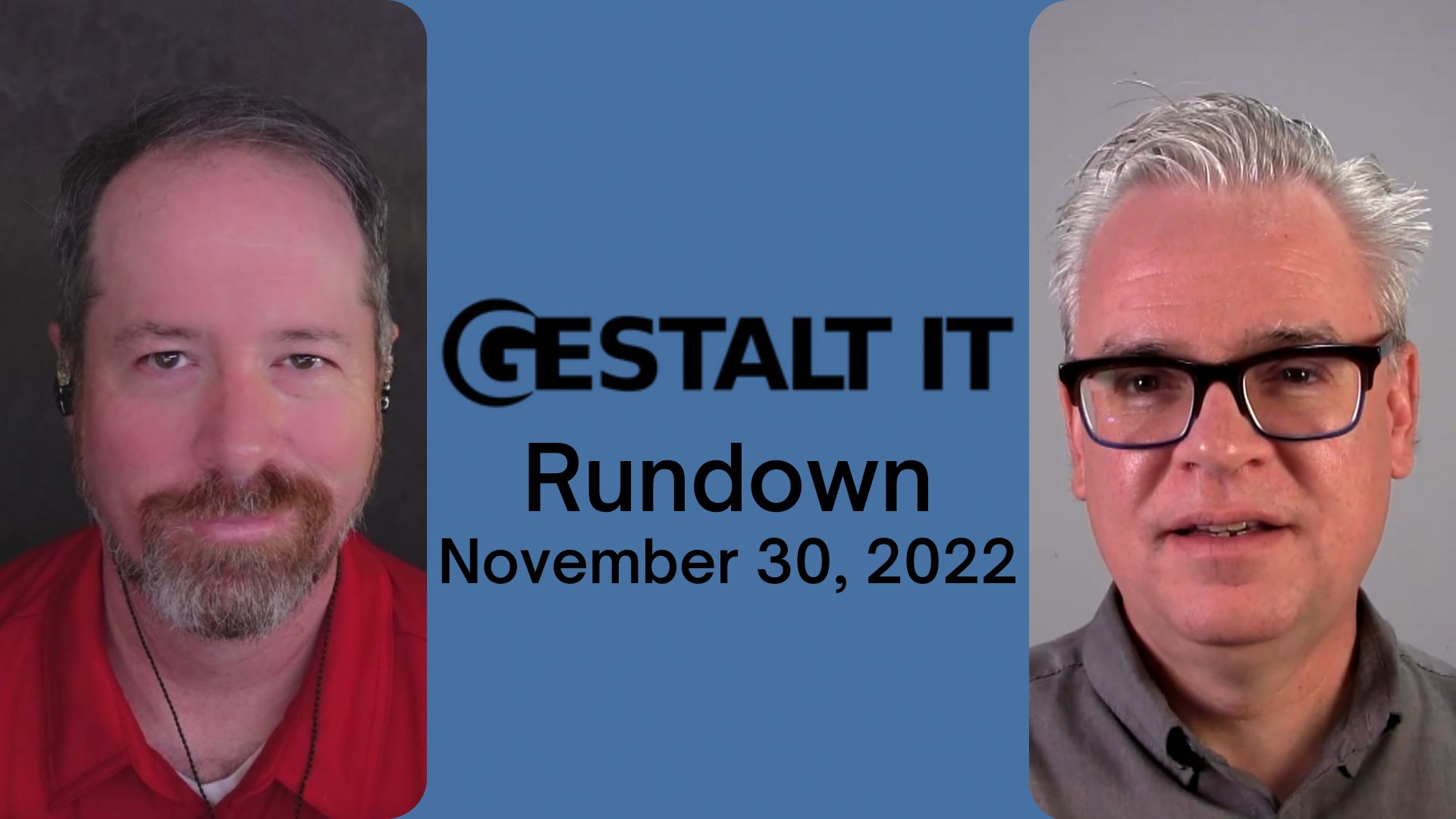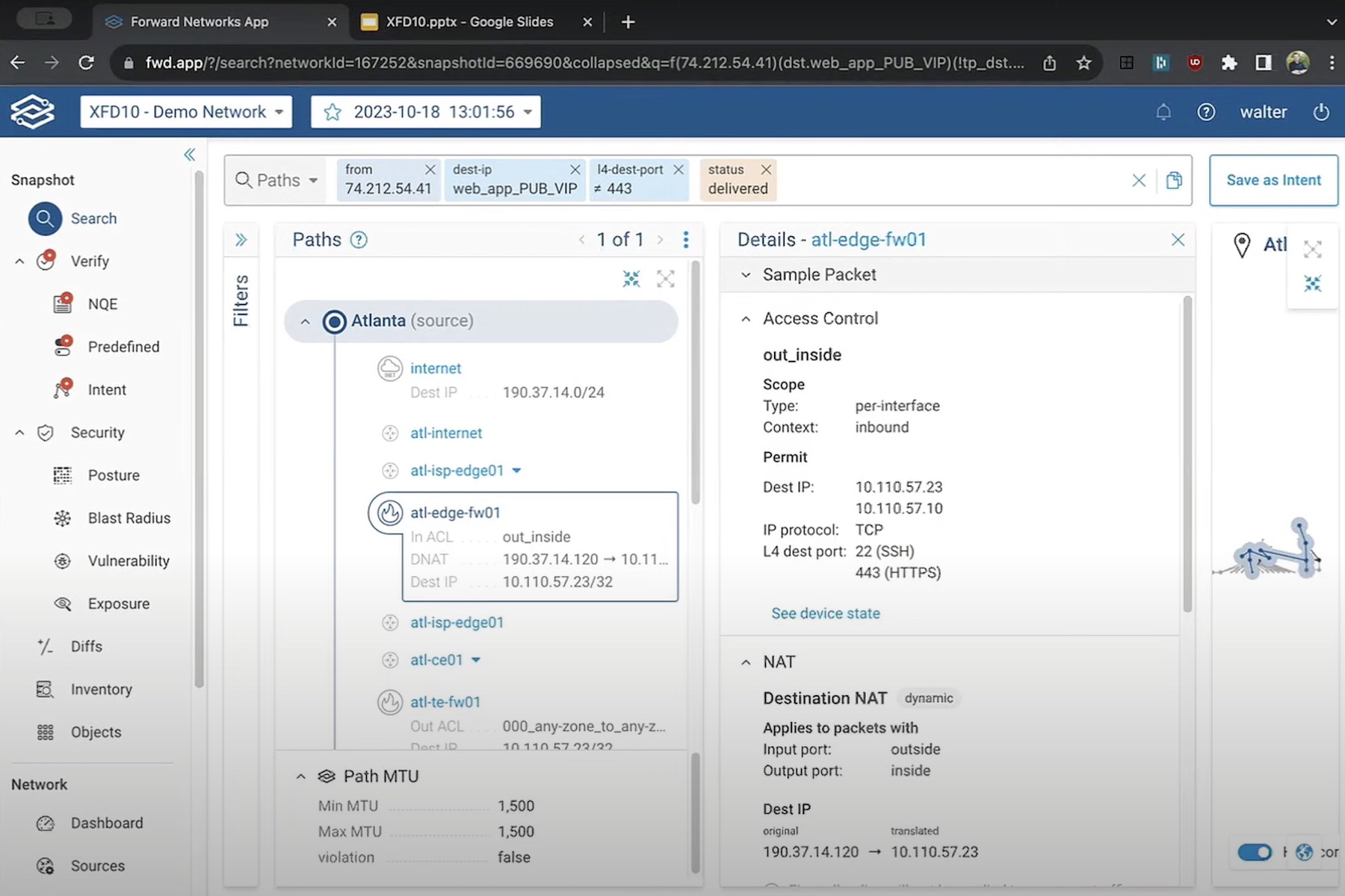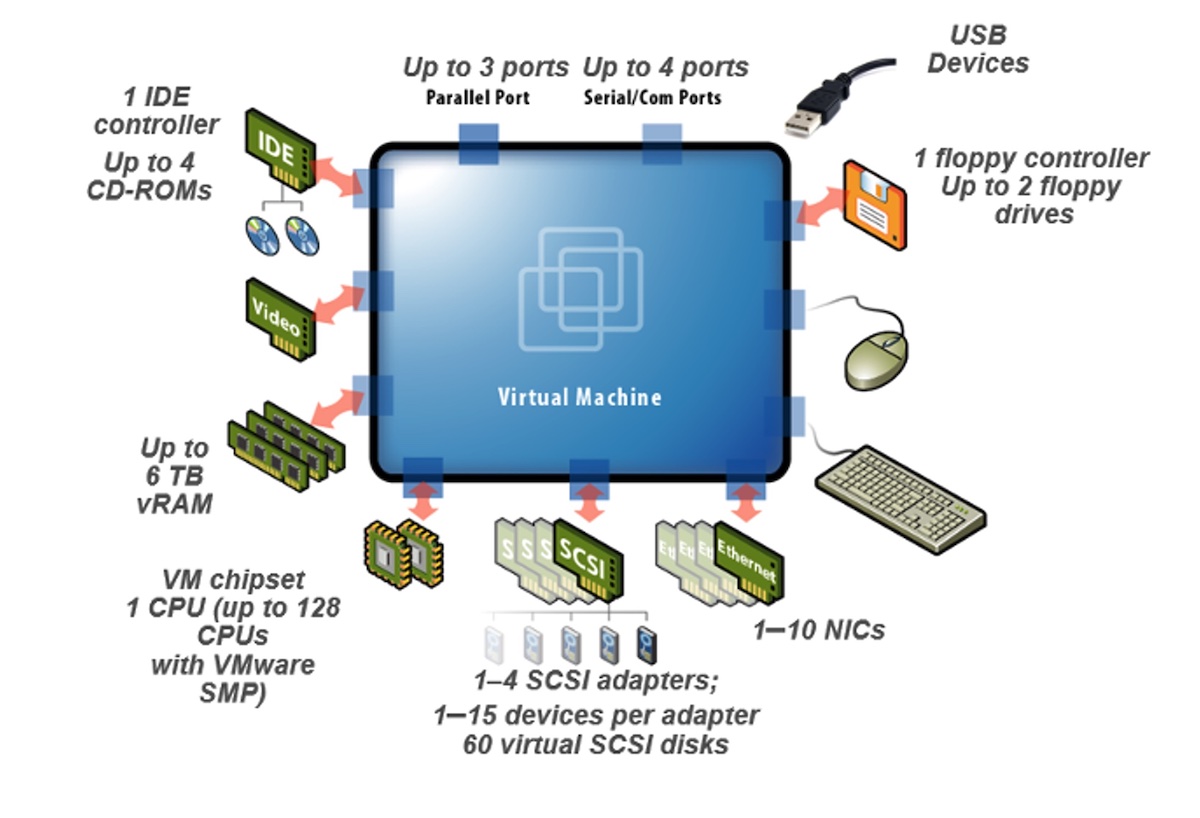There are two types of sparing strategies available on EMC Symmetrix Series of machines.
Dynamic Hot Sparing: Starting the Symmetrix 4.0, EMC had introduced dynamic hot spares in its Enginuity code to support customers against failing disk drives and reducing the probability of a data loss. Available there onwards on each version of Symmetrix, customers have been able to use this Hot Sparing technology. Today the Dynamic sparing is available on Symmetrix 4.0, Symmetrix 4.8, Symmetrix 5.0, Symmetrix 5.5, DMX, DMX2, DMX3, and DMX4 systems.
Permanent Spares: Was introduced starting the Symmetrix DMX3 products, now available on DMX4’s and V-Max systems. I believe, Enginuity code 5772 started supporting Permanent Spares to guard customers against failing disk drives to further help reduce any performance, redundancy and processing degradation on the Symmetrix systems with features that were not available with the Dynamic Hot Sparing.
Highlights of Permanent Sparing
Due to some design, performance, redundancy limitations and Symmetrix mirror positions, dynamic hot spares were becoming a bottleneck related to customer internal job processing, example: a failed 1TB SATA drive sync to dynamic spare might take more than 8 to 48 hours. While a similar process to remove the dynamic spare and equalize the replaced drive might take the same. During this time the machine is more or less in a lock down (Operational but not configurable).
Due to these limitations, a concept of Permanent spares was introduced on EMC Symmetrix systems, which would help fulfill some gaps the Dynamic hot spares technology has. Following are the criteria for Permanent Spares.
Some important things to consider with Permanent Spares
- Permanent Spares are supported through the microcode (Enginuity) versions starting the DMX-3 (5772 onwards) into the latest generation Symmetrix V-Max Systems.
- The customer needs to identify and setup the devices for Permanent Spares using Solutions enabler or an EMC CE should perform a BIN file change on the machine to enable Permanent Spares and the associated devices.
- When the Permanent Spare kicks in upon a failing / failed drive, a BIN file change locally within the machine is performed using the unattended SIL. Any configuration locks or un-functional Service Processors will kill the process before it’s initiated, in this instance the Permanent Spare will not be invoked but rather will invoke the Dynamic Hot Spare.
- An EMC CE will not require attending the site right away to replace the drive since the Permanent Spare has been invoked and all the data is protected. All failed drives where Permanent spares have been invoked can be replaced in a batch. When the failed drive is replaced, it will become a Permanent spare and will go the Permanent spares pool.
- Configuration of Permanent Spares is initiated through BIN file change, during this process, the CE or the customer will required to consider Permanent Spares rules related to performance and redundancy.
- If a Permanent Spare cannot be invoked due to any reasons related to performance and redundancy, a Dynamic Hot Spare will be invoked against the failing / failed device.
- The Permanent Spare will take all the original characteristics of a failed disk (device flags, meta configs, hyper sizes, mirror positions, etc) as it gets invoked.
- The rule of thumb with permanent spares is to verify that the machine has required type / size / speed / capacity / block size of the related permanent spare drives configured.
- You can have a single Symmetrix frame with Permanent Spares and Dynamic Hot Spares both configured.
- While the Permanent Spare or Dynamic Hot Spare is not invoked and is sitting in the machine waiting for a failure, these devices are not accessible from the front end (customer). The folks back at the PSE labs, will still be able to interact with these devices and invoke it for you incase of a failure or a proactive measure or for any reasons the automatic invoke fails.
- Permanent spares can be invoked against Vault drives, if a permanent spare drive is available on the same DA where the failure occurred.
- Permanent spares can be configured with EFD’s. I believe for every 2 DAE’s (30+ drives) you have to configure one hot spare EFD (permanent spares).
- Permanent Spares supports RAID type RAID 1, RAID 10, RAID 5, RAID 6 and all configurations within.
Some important Benefits of Permanent Sparing
- Additional protection against data loss
- Permanent sparing reduces the number of times the data copy is required (one time) instead of dynamic spares that needs to data copy (two times).
- Permanent sparing resolves the problem of mirror positions.
- Permanent spares (failed) drives can be replaced in batches, do not require immediate replacement.
- Permanent spares do not put a configuration lock on the machine, while an invoked dynamic spare will put a configuration lock until replaced.
- Permanent spares obey the rules of performance and redundancy while Dynamic hot sparing does not.
As a requirement to all the new systems that are configured now, sparing is required. Hope this provides a vision into configuring your next EMC Symmetrix on the floor.




